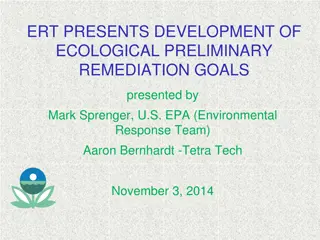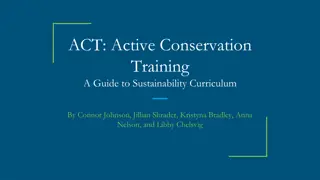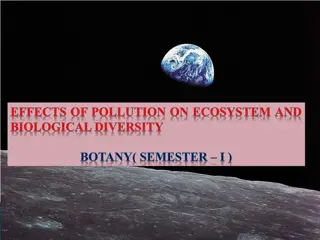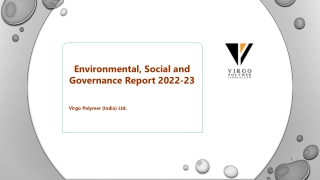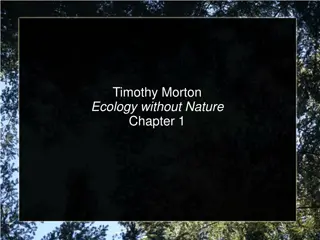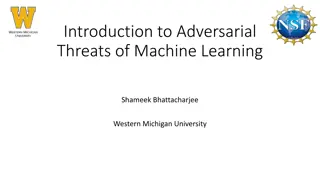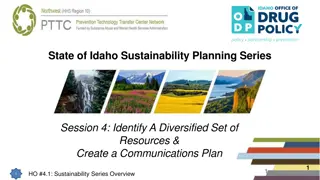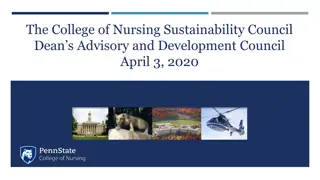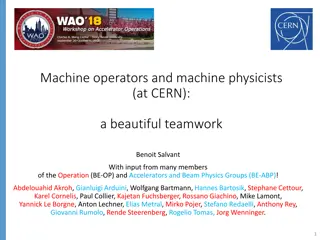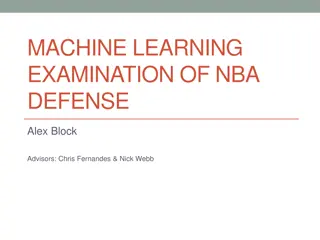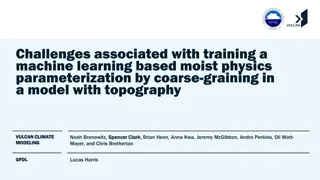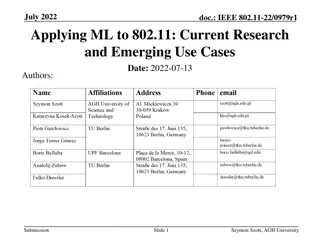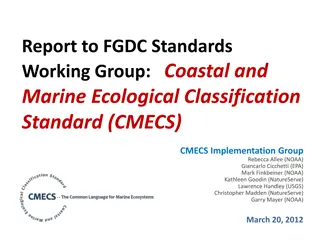Enhancing Ecological Sustainability through Gamified Machine Learning
Improving human-computer interactions with gamification can help understand ecological sustainability better by parameterizing complex models. Allometric Trophic Network models analyze energy flow and biomass dynamics, but face challenges in parameterization. The Convergence Game in World of Balance engages players to match target data for virtual ecosystems. The problem lies in the vast parameter space and interdependencies in food webs, requiring intuitive support for finding accurate values. The methodology focuses on enhancing target biomass data and guiding players with parameter hints.
Download Presentation

Please find below an Image/Link to download the presentation.
The content on the website is provided AS IS for your information and personal use only. It may not be sold, licensed, or shared on other websites without obtaining consent from the author. Download presentation by click this link. If you encounter any issues during the download, it is possible that the publisher has removed the file from their server.
E N D
Presentation Transcript
Optimizing Ecological Sustainability by Integrating Intuition and Machine Learning via Gamification Ben Saylor1, Anagha Kulkarni1, Neo Martinez2, Ilmi Yoon1 bsaylor@mail.sfsu.edu, ak@sfsu.edu, neomartinez@email.arizona.edu, ilmi@sfsu.edu 1San Francisco State University, 2University of Arizona
Introduction Improving human-computer interactions (e.g. using gamification) can aid understanding of ecological sustainability Helping to parameterize models of the complex structure and nonlinear dynamics of ecological systems A prominent family of such models includes allometric trophic network (ATN) models
Allometric Trophic Network models Flow of energy and biomass through food webs Metabolic rates estimated from body size Calculate species changes in biomass as: gains due to photosynthesis and feeding losses due to metabolism and being consumed Systems of differential equations with species- level and link-level parameters Large parameter space, which poses challenges in parameterizing models to: dynamically sustain many species accurately predict organismal abundance in nature
Convergence Game Part of World of Balance (WoB) game in which players act as stewards of virtual Serengeti ecosystems Players try to match target data (time series of different species biomass) by parameterizing an ATN model Players compete for best match, betting with WoB game credits
Problem Definition Even small food webs have a large parameter space Network of interdependencies means a small change to one species parameter impacts dynamics of all species Finding parameter values to match target data is nontrivial Developan intuitive understanding of ecological dynamics and sustainability by supporting players to discover parameter values that replicate the target ecosystem
Methodology To improve target biomass data used for Convergence game To identify promising ranges of parameter values to display to players as hints
Methodology: species selection Food web in WoB consists of 87 species from the Serengeti We keep gameplay manageable by deriving smaller food webs 3: African Fish Eagle 33: Cape Teal 41: Striped Weasel 47: White-Bellied Bustard 49: African Marsh Owl 61: Leopard Tortoise 83: Bush Pig 86: Lion 1004: Grains and Seeds 1005: Grass and Herbs Generate subgraphs with the following properties: Having exactly one connected component Containing all observed trophic links between species Having specified number of plant species Having no incomplete food chains Minimizing plant eaters lacking predators
Methodology: parameter space exploration and simulation Sets of 1000 simulations with randomized parameters Each parameter value is independently drawn from a uniform distribution between 50% and 150% of its default value (WoB database contains default parameter values for each species based on measurements and established models of metabolic rates)
Methodology: classification of simulation results Use simulation data to train machine learning algorithm to predict ecosystem health based on parameters Calculate linear time trend of WoB s environment score (measure of total biomass of ecosystem, weighted toward higher trophic levels) Label simulations as good or bad if their score trend falls within the top 25% or bottom 25% of simulations, respectively Train Weka s C4.5 decision tree to predict class label from parameters
Methodology: evaluation of parameter ranges Use structure of decision trees to derive and evaluate parameter ranges Decision tree provides set of branching values for each parameter that maximize predictive accuracy For ranges defined by branching values, assign score P(good) P(bad)
Experimental design User study planned for Fall 2016 will compare two groups of Multiplayer Convergence players First group is given hints (promising parameter ranges) Second group plays without such hints Compare how quickly and accurately the two groups find parameters that fit the the target data
Conclusion Allometric trophic network models have large parameter search space Gamification supported by machine learning can provide insights that help parameterize ATN models We are developing a foundation for testing hypotheses about guiding Convergence players using information about the parameter space derived from machine learning





